NASA To Discover For Avatar's Moon Pandora
From Star Wars' forest moon of Endor to Pandora, the alien moon in Avatar, habitable moons have become a staple of science fiction. And now Smithsonian astronomer Lisa Kaltenegger reckons the James Webb Space Telescope (JWST) should be able to identify anything that might be lurking out there, by studying their atmospheres and detecting key gases like carbon dioxide, oxygen, and water vapor.

"If Pandora existed, we potentially could detect it and study its atmosphere in the next decade," said Lisa Kaltenegger of the Harvard-Smithsonian Center for Astrophysics (CfA).For obvious reasons, most exoplanets discovered so far are gas giants, which can't serve as homes for life as we know it. But the rocky moons which orbit them are a different matter.
"Alien moons orbiting gas giant planets may be more likely to be habitable than tidally locked Earth-sized planets or super-Earths," said Kaltenegger. "We should surely keep them in mind as we work toward the ultimate goal of finding alien life."NASA's Kepler mission looks for planets that cross in front of their host stars. Once they have found an alien Jupiter, astronomers can search for orbiting moons by examining variations in the transit duration of the gas giant.

Kaltenegger calculated what situation are best for examining the atmospheres of alien moons. She found that alpha Centauri A, the system featured in Avatar, would be an brilliant target."Alpha Centauri A is a bright, nearby star very similar to our Sun, so it gives us a strong signal" Kaltenegger explained. "You would only need a handful of transits to find water, oxygen, carbon dioxide, and methane on an Earth-like moon such as Pandora."
"If the Avatar movie is correct in its vision, we could exemplify that moon with JWST in the near future," she added.
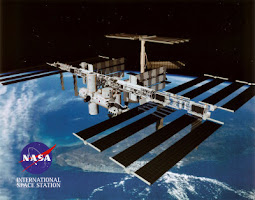
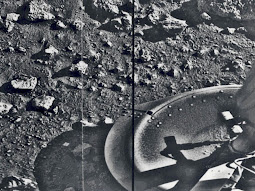
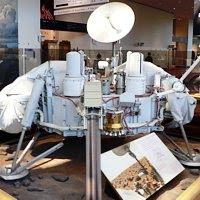


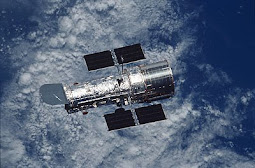
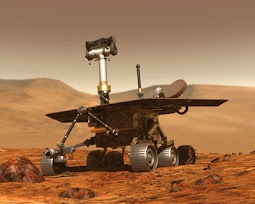
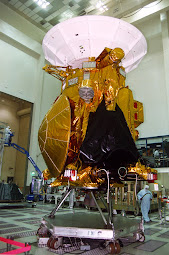

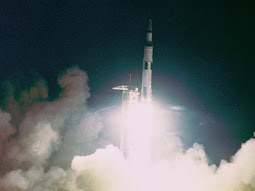
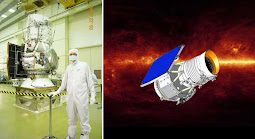
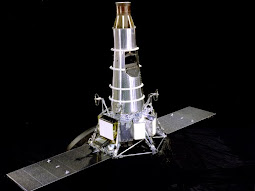
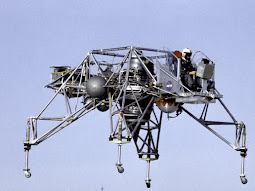
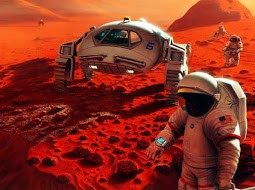
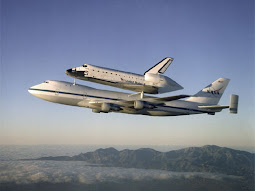

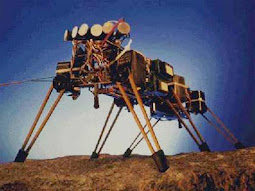
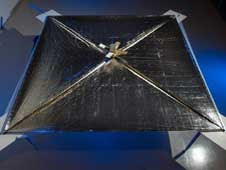
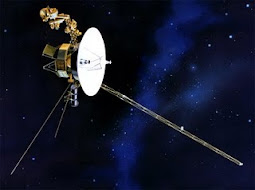
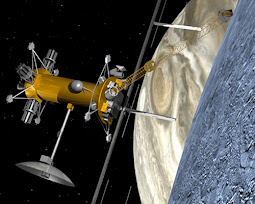
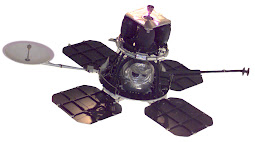
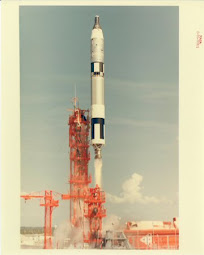
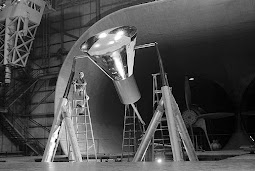
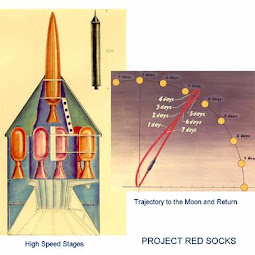
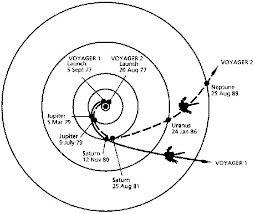

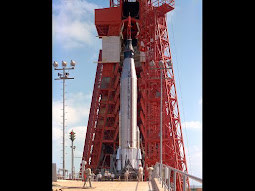
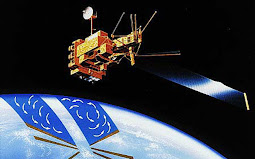
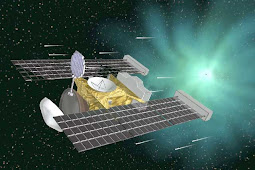
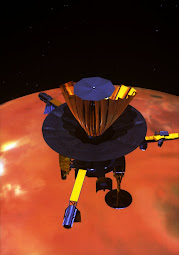
0 comments:
Post a Comment